John Bradburne a saint for our time
People
Saints come in all shapes and sizes with all sorts of ‘name recognition’. Recently we have seen Cardinal John Newman raised to the altars. Another Englishman, John Bradburne, is much lesser known but as WARREN FEATHERSTONE writes, there is good reason for the cause for his beatification to have been opened last year.
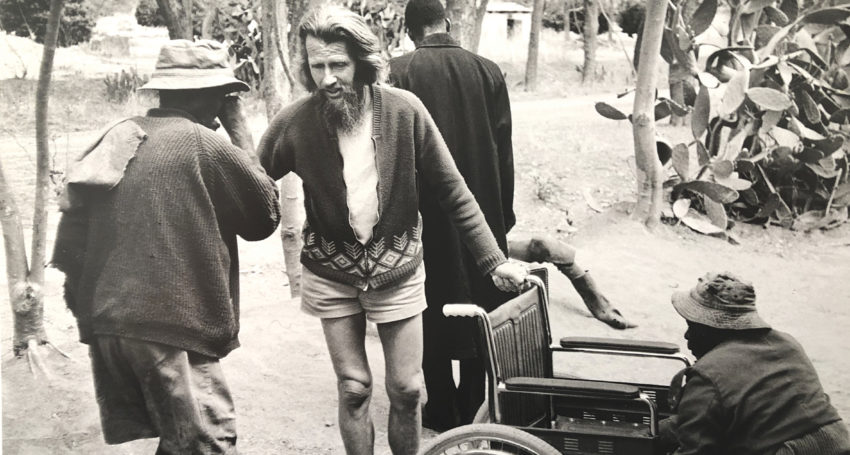
John Randal Bradburne was born in 1921, the son of an Anglican minister. His family was minor English nobility. During World War II he found himself in charge of the 9th Gurkha Rifles, and he bravely served in Burma. He was considered, though, somewhat eccentric by the Gurkhas. A propensity to climb trees and play his recorder certainly confirms this view.
On May 23 1943 during his war service he wrote to his parents that: ‘My life is dedicated to Christ once and for all’.
What followed after World War II was many years of searching and discerning for John. He was received into the Catholic Church by Dom Raphael Stomes on October 26 1947.
At one point he was the janitor at the country home of the Archbishop of Westminster, at another time he tried religious life with the Benedictines first at Buckfast Abbey, another time at Prinknash Abbey.
He travelled around Italy (where he once lived in a loft of a parish near Naples) and he wandered throughout then Palestine, where one aspect of his charism became clear. John prayed at the Wailing Wall in Jerusalem. He very much was in accord with Pope Pius XI’s comment that Christians are ‘spiritual Semites’ but he saw this in the sense of helping Jews see the appropriateness of the man of Judea, Jesus of Nazareth, as the culmination of the Covenant.
His ‘wandering’ went further though. It was an interior journey of discovery as well, and ultimately, of a finding. In 1950 he was in Louvain, as a postulant with the Fathers of Sion. One revealing fact in the book of Didier Rance is a comment by John about discovering God: ‘Oh to love His present, His now, I am learning that bit by bit at last’.
While in Louvain John also visited the church of St Anthony of the Picpusians where the mortal remains of Fr Damian de Veuster, the apostle of the lepers of Molokai, lay. As Rance relates, John often went there to pray and meditate and he wrote to his mother: ‘He was a hero and a saint to have done what he did.’ This was to be quite revelatory.
In 1955 John became a Franciscan Tertiary (Secular Franciscan) something which meant a great deal to him. His guilelessness, poverty and profound faith are great tributes to the Poor Man of Assisi. So was his later lived witness.
At numerous points Fr John Dove SJ, who met John when both of them were in the 9th Gurkha Rifles, counselled John and it was he who suggested that he go to Africa to work on the missions.
Fr Dove suggested the Franciscans might be a good fit for John, who in 1962 set sail for Southern Rhodesia (now Zimbabwe).
He found himself at Mutemwa Leprosy Settlement caring for approximately 70 lepers. Here he remained until his death in 1979. He defended, fed and bathed them; he advocated for them and loved them. One example was that he refused an order to put a ‘number’ around their necks. For John, they were Christ personified and his brothers and sisters. John’s life was one of prayer and service to others, a life of lived integrity.
Politics and violence gradually encircled Mutemwa and in 1979 he was captured by guerillas fighting the Rhodesian government. All ‘whites’ had fled this area but John wanted to remain with the defenceless lepers. Despite some appeals to spare him after his capture, he was ultimately ordered to kneel and was shot in the back.
Martyrdom was to be granted to him.
By his life and death in Zimbabwe, John in a way ceases to be only an Englishman and becomes an African. He becomes, too, a universal figure of holiness.
On September 5 2019, Archbishop Robert Ndlovu of Harare, 400 priests and 15,000 faithful gathered at Mutemwa to open the cause for his beatification, and, God willing, his canonisation.
Since his death there have been many signs of his sanctity: reports of miracles, claims of cures, as well as many answers to prayer. More importantly, many have turned to God through John’s extraordinary example. “Be a saint, what else is there?”
For more information about John Bradburne, please contact the John Bradburne Memorial Society johnbradburne@hotmail.com
Warren Featherstone is a member of the Secular Franciscan Order.


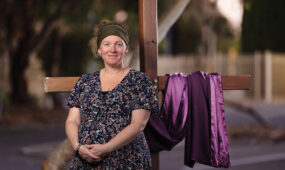
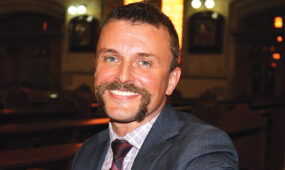
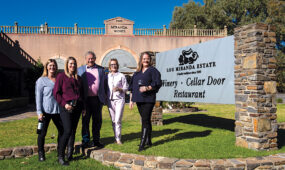
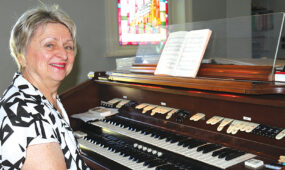

Comments
Show comments Hide comments